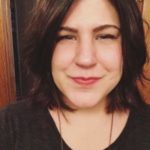All businesses struggle with customer churn to some degree.
Studies show that half of your customers will churn every five years on average, so it shouldn’t come as a surprise when you experience turnover.
But for membership or subscription businesses, having a higher than average churn rate can be majorly detrimental, since 80% of your businesses will come from 20% of your core membership.
Reducing churn by 5% can increase profits by 25-125%.
Happy customers are five times as likely to stay subscribed, five times as likely to forgive any mistakes you make, and four times as likely to refer your services to someone else.
If you’re having a hard time keeping members around, there’s probably a good reason for it. In many cases, it’s due to mistakes on your end that members or subscribers just can’t forgive.
Here are a few of the top mistakes that increase churn rates and how to fix them.
Mistake #1:
Not Adapting to Changing Membership Needs
According to Groove CEO, Alex Turnbull, customer and market research should be a priority for membership sites from the very beginning.
He admits that if he had to do it all over again, he would focus more on high-ROI customer development and relationship building over “the details.”

But what if you’re done with your customer research?
You’ve most likely already spent some time trying to understand your member’s pain points, challenges, and ultimate goals.
Your product or service is probably designed to solve those problems and tackle those challenges, which is why your membership is signing up.
So why would you need to invest in more research?
Because your membership isn’t static.
Just like you, they have problems and challenges that shift over time. It’s possible your product or service won’t actually meet their needs in five years from now, or even in six months.
Failing to adapt to changing needs and priorities can be a major signal to members that you don’t really care about their business, just their money.
If you don’t ensure that your product or service is still working for your customers, even if they’ve been a member for many years, it’s a mistake that could eventually lead to an exodus.
So what can you do?
The simplest solution is to check in with members on a regular basis, gather feedback and consider how any new challenges might impact your relationship or your product.
Do customer satisfaction research and build it in as a part of your member retention plan.
This will allow your business to focus on “customer success” strategies rather than “customer support” strategies.
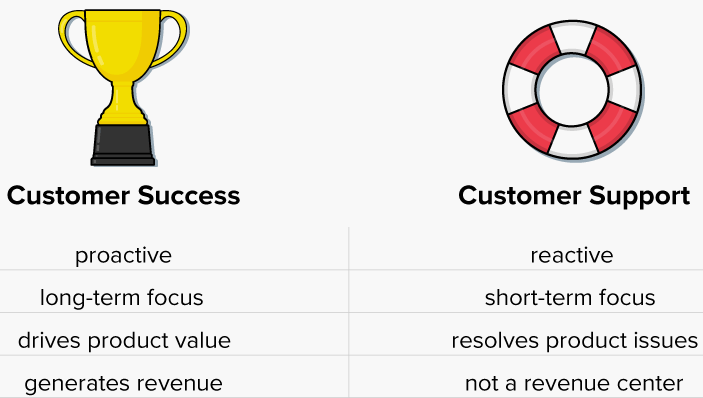
Rather than spending your time putting out fires to keep members happy (customer support), you’re proactively using your time to ensure that members are getting what they need from their membership.
This leaves you free come up with creative solutions to member problems instead of simply reacting to them.
Mistake #2:
Not Having a Consistent Pricing Strategy
If one side of the coin is not changing enough, the other side is changing too much.
While you want to adapt to customer needs over time, big changes — especially when it comes to pricing — can negatively impact your churn rates.
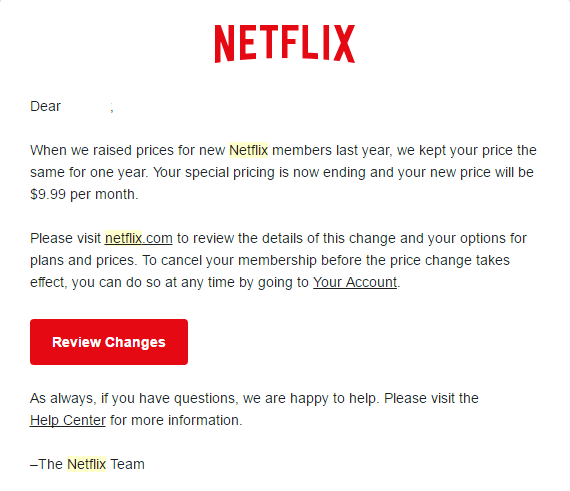
The membership model works because customers aren’t forced to make large upfront payments for something they need on a recurring basis. They can pay in affordable monthly or annual installments instead.
One downside to this is that it makes customers more sensitive to pricing changes.
A one-time purchase could change its price a hundred times without customers flinching. Add a few dollars to your monthly subscription, on the other hand, and you will definitely hear about it.
When Patreon tried to change their fee structure in 2017, they received massive backlash from their subscribers, forcing them to apologize and change it back.
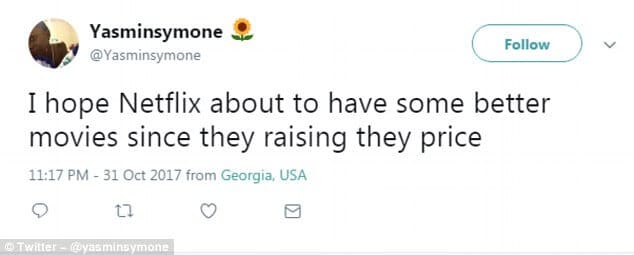
Even Netflix, who has successfully changed their pricing structure multiple times over the years, received backlash and experienced churn when making major changes to their platform.
Does this mean you can never change your prices? Not necessarily.
If you’ve done your research, your prices should already be set based on the value of your services, your financial needs and goals, and what the customer can afford.
But because your business will likely change over time, it’s possible that your original pricing structure may not meet your needs after you grow.
If and when that happens, you’ll have to think carefully about any pricing changes you make.
Here’s an example: Let’s say you did customer satisfaction research and found that some of your member needs weren’t being met by your current product.
Do you increase your billing prices to add new features to your current product? Or do you launch a new product or service? Would customers pay more for added features, even if they don’t use them?
Ultimately, you might decide that it’s better just to launch a new product or service rather than change the fees to your current product.
Or you might explain to members that changing your fees means that you will be able to better meet their needs over time, not just in the short term.
In Patreon’s case, founder Jack Conte admitted that they didn’t listen to customers before they made significant changes to their fee structure, resulting in dissatisfaction and churn.
But in Netflix’s case, they’re still growing strong despite increasing their fees last year.
While it’s usually better not to make any changes if you absolutely have to, it’s all in the approach.
Members might be more willing to accept pricing changes if they know you’re listening.
Mistake #3:
Not Focusing on Customer Experience
Your membership doesn’t just care about your product or prices, they also care about the experience they have with your business on a daily basis.
In fact, 86% of consumers say they would pay 25% more for services if it meant having a better customer experience.
Alternatively, a bad experience can send members packing faster than a large price increase.
Studies show that 67% of consumers list bad customer experience as one of the primary reasons for churning, while good customer experience is considered to be a top factor in reducing churn.

So what goes into creating a good customer experience?
There are a few elements that make up the membership experience:
- Onboarding
- Website functionality
- Customer service
- Communication
Each element plays off the other to create a full experience, whether good or bad. Here’s what that looks like practically.
1. Onboarding
First, how easy is it for members to actually become members. If they signed up for a free trial, do they automatically become members? How easy is it to back out if they need to?
The onboarding experience — the transition from lead to member — is your first opportunity to show users who you are as a business.
If the onboarding or sign-up process is clunky, confusing, or otherwise not user-friendly, members may see it as a reflection of your business practices as a whole.
If you’re not sure how to create a smooth onboarding process, you may need to consult with a developer to make sure you’re using the right tools and workflows.
2. Website Functionality
Creating a smooth onboarding process will require an optimized website.
Can leads navigate your site and find your opt-in form? Do they understand what your product is after reading your homepage? Does your site load quickly enough?
How easy is your free trial to find?
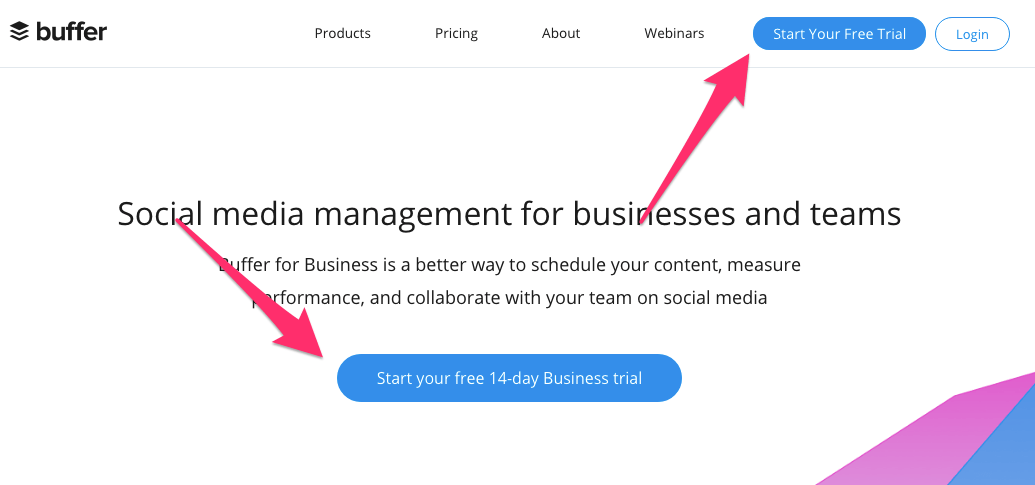
If you’re managing member logins from your website, how easy is it for members to sign on to their accounts? How easy it is for them to access content or the product itself?
It’s essential to focus on ways to improve the functionality of your site.
Having a WordPress plugin like MemberMouse, for example, will give you login features that are user-friendly.
3. Customer Service
If things go wrong, whether it’s a website crash or a billing issue, how and when you reply to member concerns will also factor into the positive or negative customer experience.
Members will most likely try to contact you in some way (though 96% of unhappy customers won’t ever complain).
How fast do you respond to customer support requests? How many issues are left unresolved? Do you have resources available for members who don’t want to waste hours on the phone with you?
Many businesses are turning to self-service customer support solutions in order to fill the gap.
In one survey, 50% of customers stated that it was important to solve product or service issues themselves, and 70% said they expect websites to have self-service support.
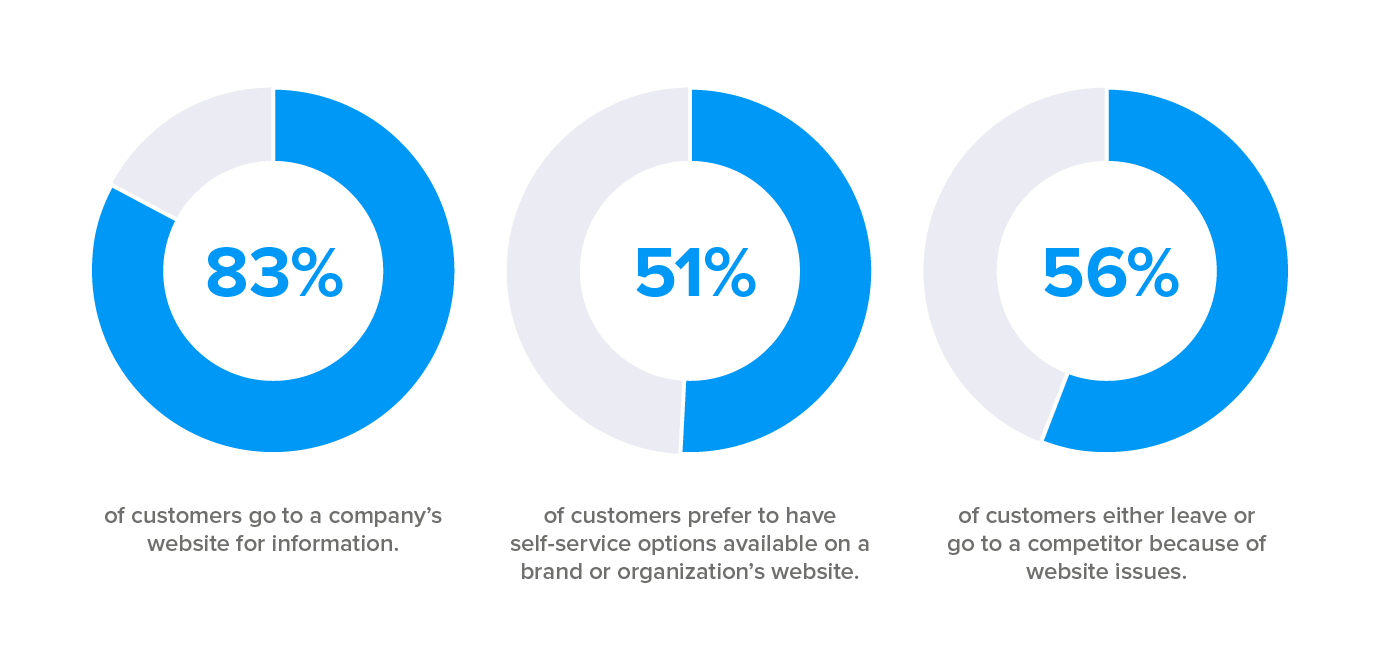
Whether in the form of a resource center or customer service live chat tools, having a self-service option can be a great way to give customers the support they need.
This can also be a time and cost saver for smaller membership sites that don’t have the budget for a full customer support team.
4. Communication
Even if you’re using a self-service customer support solution (or if you’re not), communication with your membership is still important to the customer experience.
Studies from Gartner show that churn rates can increase up to 15% just by failing to respond to customers on social media.
Regular communication is a necessity to prevent churn.
Sending out regular newsletters or other forms of content can help members feel connected to your business and keep them loyal over time.
As one business owner puts it, “The quality of your customer experience needs to exceed the quality of your customer service.”
Communication is key to the customer experience.
Final Thoughts
You will experience member churn at some point. It’s normal.
What’s not normal is high rates of churn, especially if they happen in short periods of time or you’re regularly losing members over a five year period.
If this happens, take a look at a few key areas of your business to ensure you’re not making mistakes that could be causing members to leave.
Look at your data — Are customers happy? Do some customer satisfaction research to determine if the issue is with the product or service itself.
Next, try to keep your pricing consistent. But if you have to make changes, focus on changes that benefit the customer and explain to them why it’s important. Learn from other’s mistakes and listen to your members.

